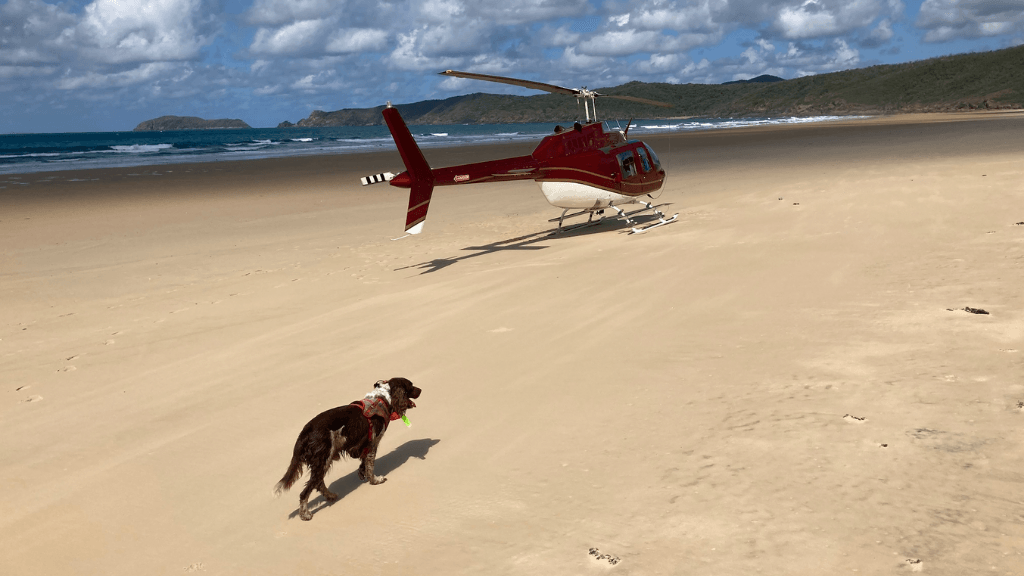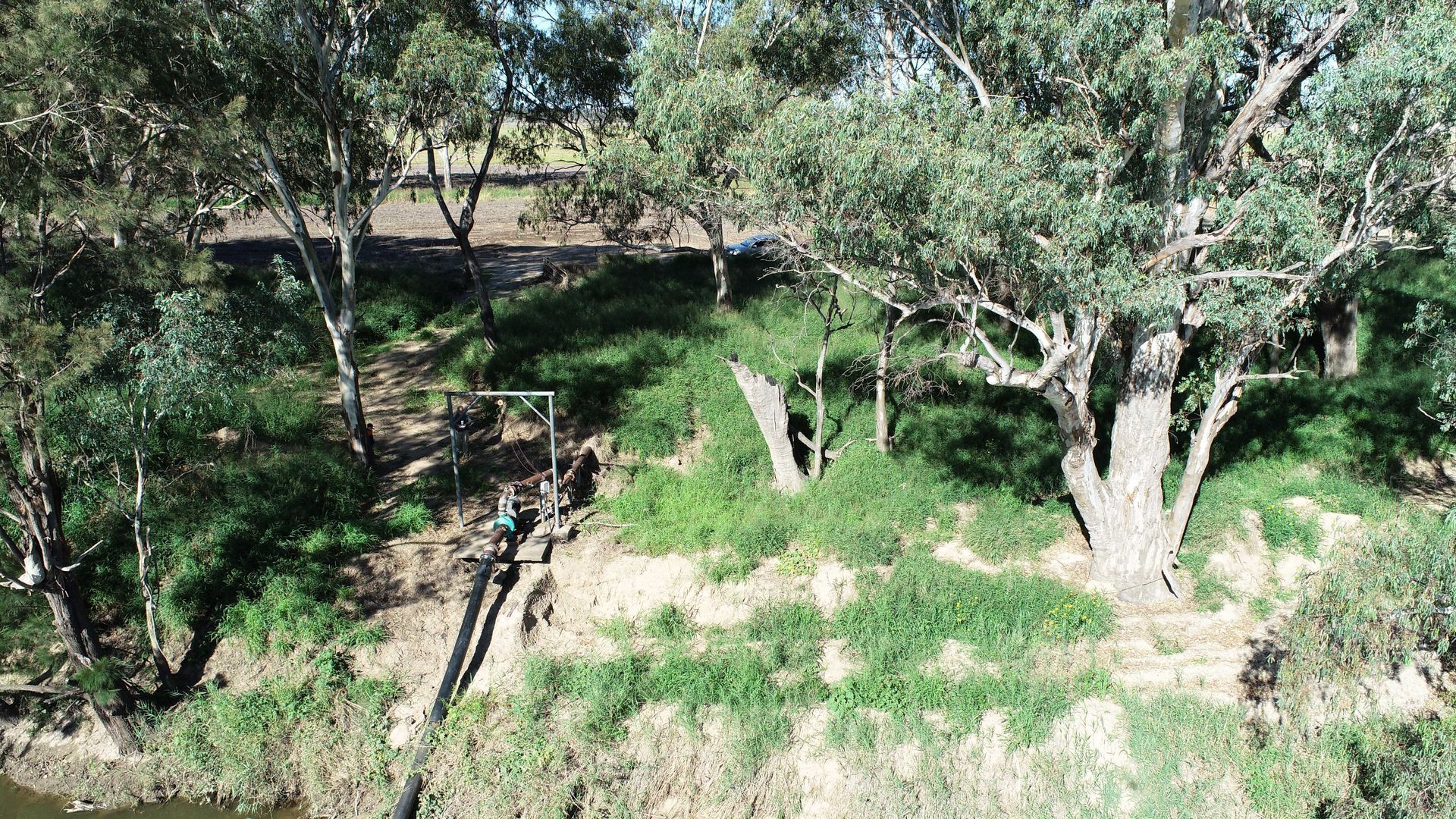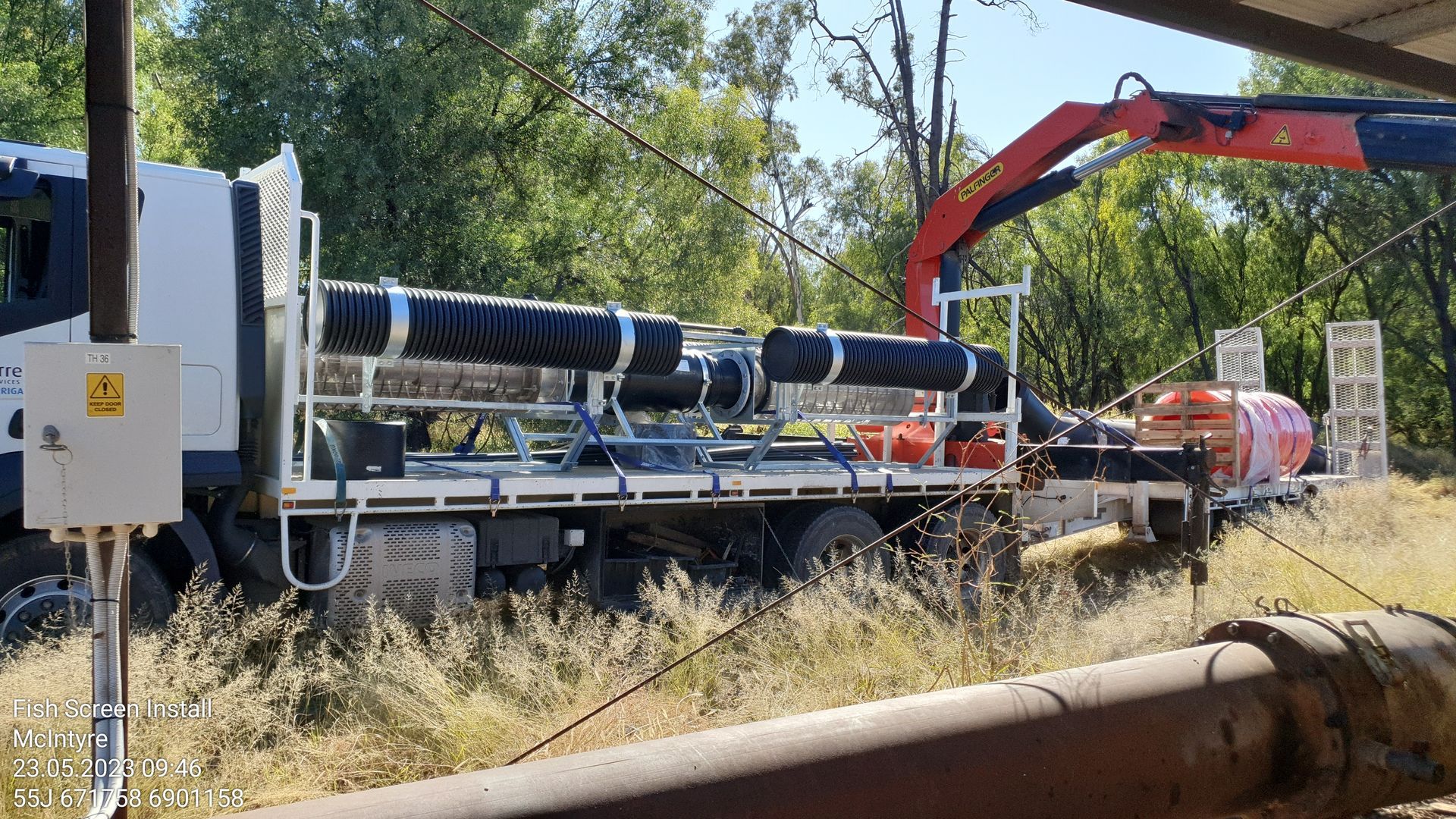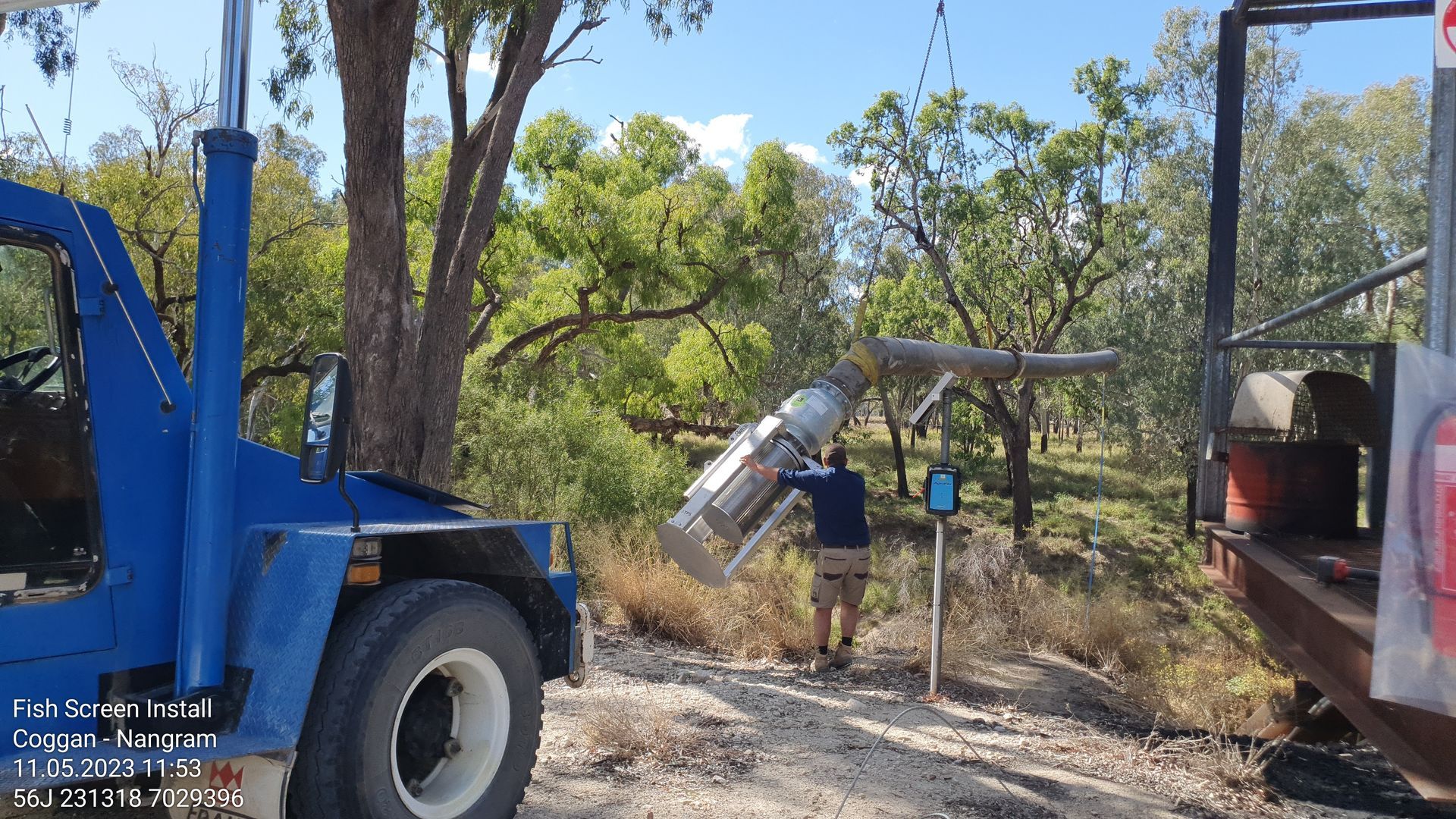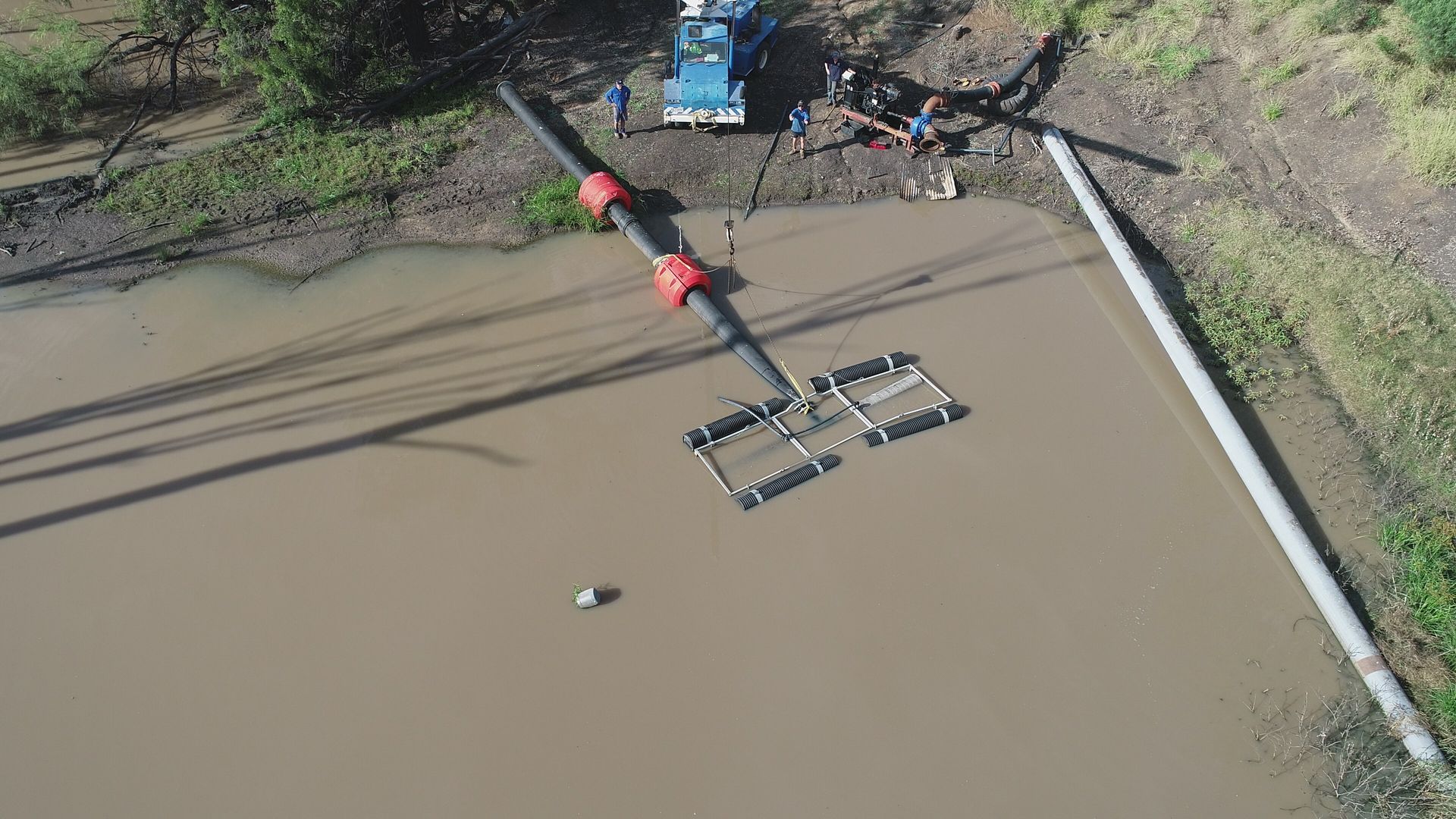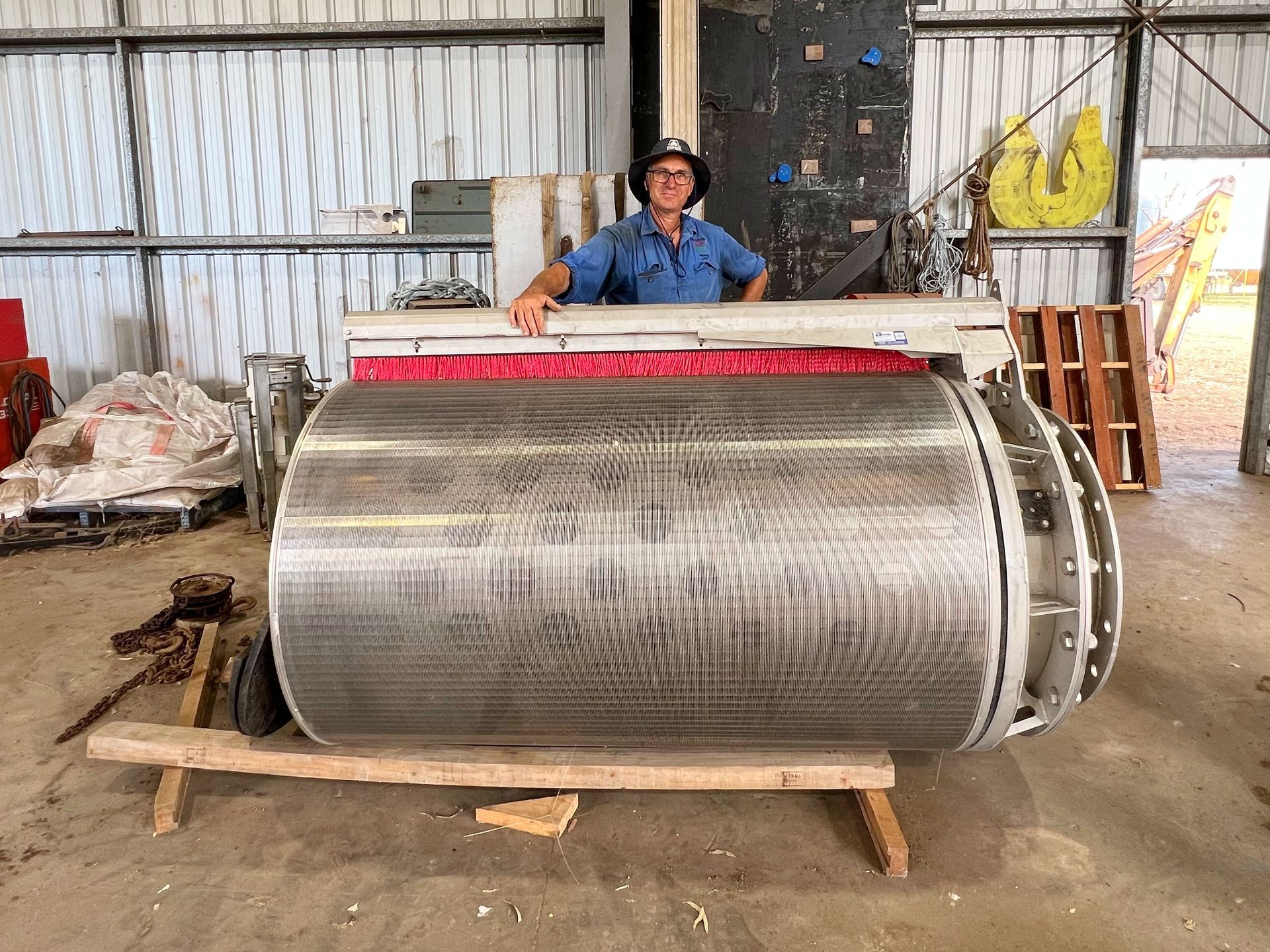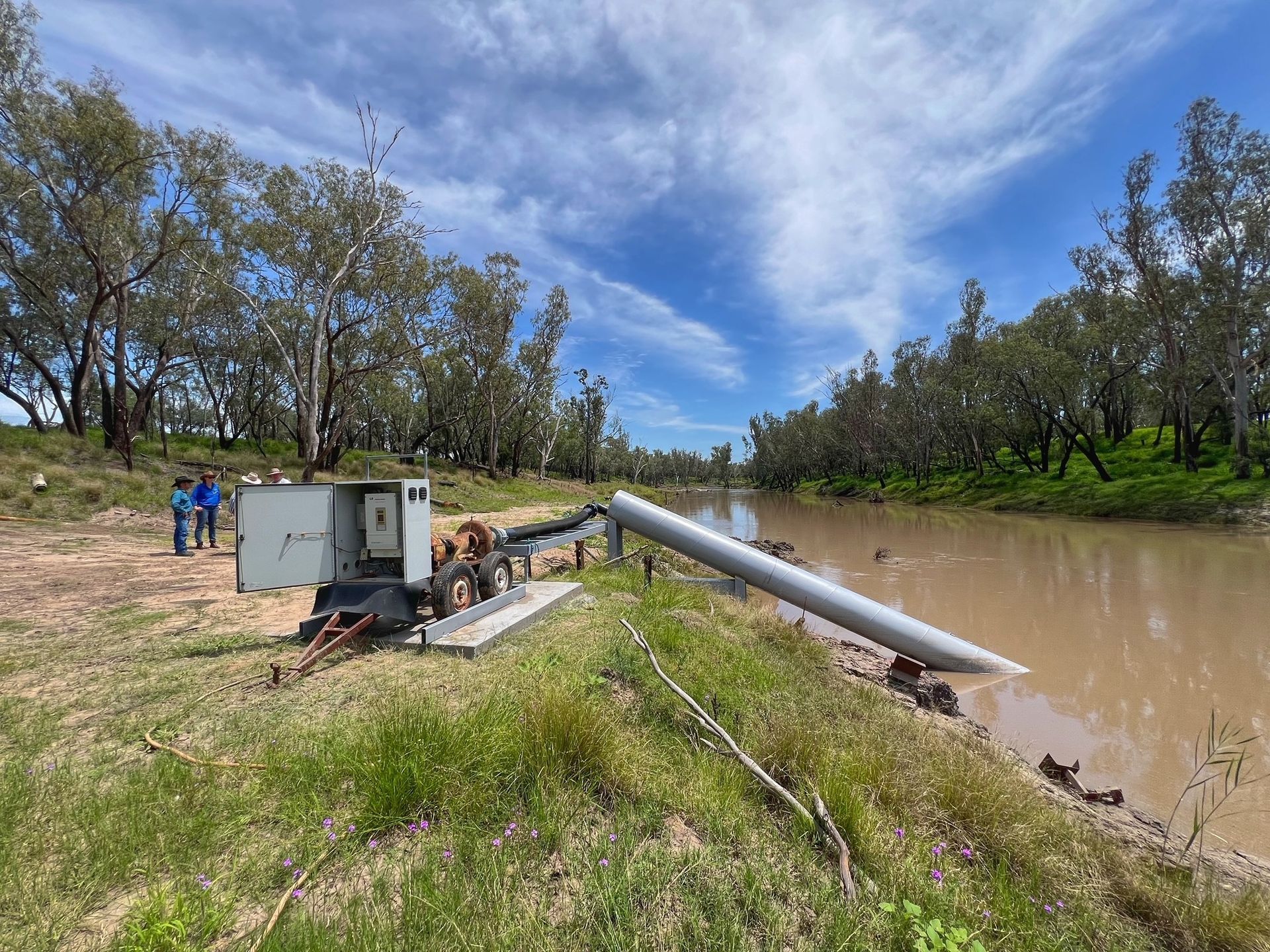Rocky's Back in Rockhampton
After about six months' rest, Southern Queensland Landscapes’ conservation detector dog ‘Rocky’ has hit the ground running for his first project of the season together with handler Senior Project Officer Tom Garrett.
The pair headed off for some fox detection work at a restricted military training area on Shoalwater Bay near Rockhampton with Tom saying Rocky was eager for his first day on the job; wasting no time getting started.
“He knew straight away when he was in the vehicle on the way to the job that he was heading to work. He reacts when we put his coat and GPS collar on; his nose goes down to the ground and his tail wags a million miles an hour,” Tom Garrett said.
“The only way into Shoalwater is via helicopter and although Rocky had never been in a helicopter before, he handled it like a champ,” Tom said.
“It was a first for the pilot too, because he had never had a detection dog on his chopper before either,” Tom chuckled.
Across the entire length of the Great Barrier Reef, Shoalwater Bay has the biggest roosting site for some 32,000 migratory shore birds as well as a significant population of green sea turtles.
“Rocky’s job was to identify the presence of pests including rabbits, foxes, wild dogs and cats, and assist in streamlining their eradication. His work is paramount to the protection of these migratory shore birds and green sea turtles during their breeding cycles and ultimately the biodiversity of the entire region,” Tom said.
“Our clients, the Fitzroy Basin Association (FBA) and Australian Defence Force wanted to see if foxes were impacting these birds as they were nesting,” he said.
“While Rocky didn’t find any active signs of foxes on this occasion, he did discover an abandoned fox den. The FBA will now go into the area on the back of Rocky’s sweep and search and conduct further investigations to confirm Rocky’s assessment.”
Rocky skills are particularly valuable in areas where control methods have been applied and there are few pests remaining; and where the terrain makes it difficult for pest technicians to operate alone, such as at Shoalwater Bay.
“With his work at Shoalwater complete for now, Rocky has been looking forward to the season ahead and for some time has been telling me he’s ready for work,” Tom said.
“He does some funny things if he's not working,” he shared.
“I taught him to find my keys and mobile phone so that if I lose them on a job, Rocky can help me find them. And sometimes I forget where I've put them so Rocky comes in super handy then. But every now and then if I leave my shoes or keys out, Rocky will pick them up and take them outside to hide them; showing me he’s keen to work,” he said.
SQ Landscapes’ Conservation Detector Dog Program is set to expand with Tom preparing to take charge of a new dog in the coming months.
“We’re investigating the possibility to train the new dog on honey bees and diseases on honey bees from overseas,” Tom said
“Our new dog is currently undergoing preliminary training and we’re hoping to announce his or her arrival in the coming months,” he said.
As for Rocky, it’s on to the next job!
To learn more about Tom and Rocky’s story, click here.
Rocky walking to the helicopter used to transport him and Senior Project Officer Tom Garrett around the beaches at Shoalwater Bay.
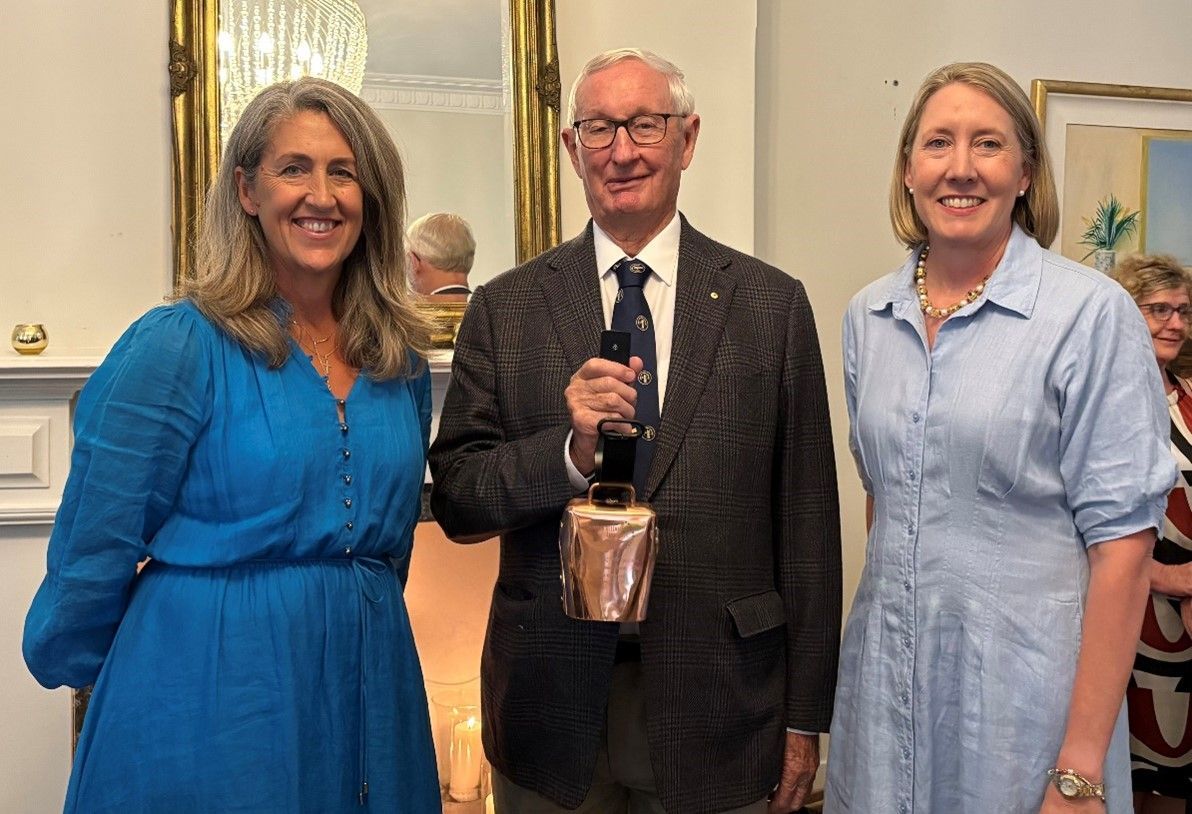
Southern Queensland Landscapes is seeking an experienced and influential Board Chair to lead a multi-skilled Board in managing natural resources across Southern Queensland. This is a 3-year remunerated role based in Toowoomba, QLD, with the flexibility to manage from anywhere in Southern QLD. The ideal candidate will bring: • Substantial experience leading diverse Boards • Strong relationship-building and leadership skills • Expertise in environmental and agricultural matters This role is an opportunity to shape the future of natural resource management, working closely with land managers, community leaders, and industry professionals. Are you ready to make an enduring impact? For more details and to apply, visit www.windsor-group.com.au/job/board-chair-natural-resources-peak-body or contact Mike Conroy at apply@windsor-group.com.au.
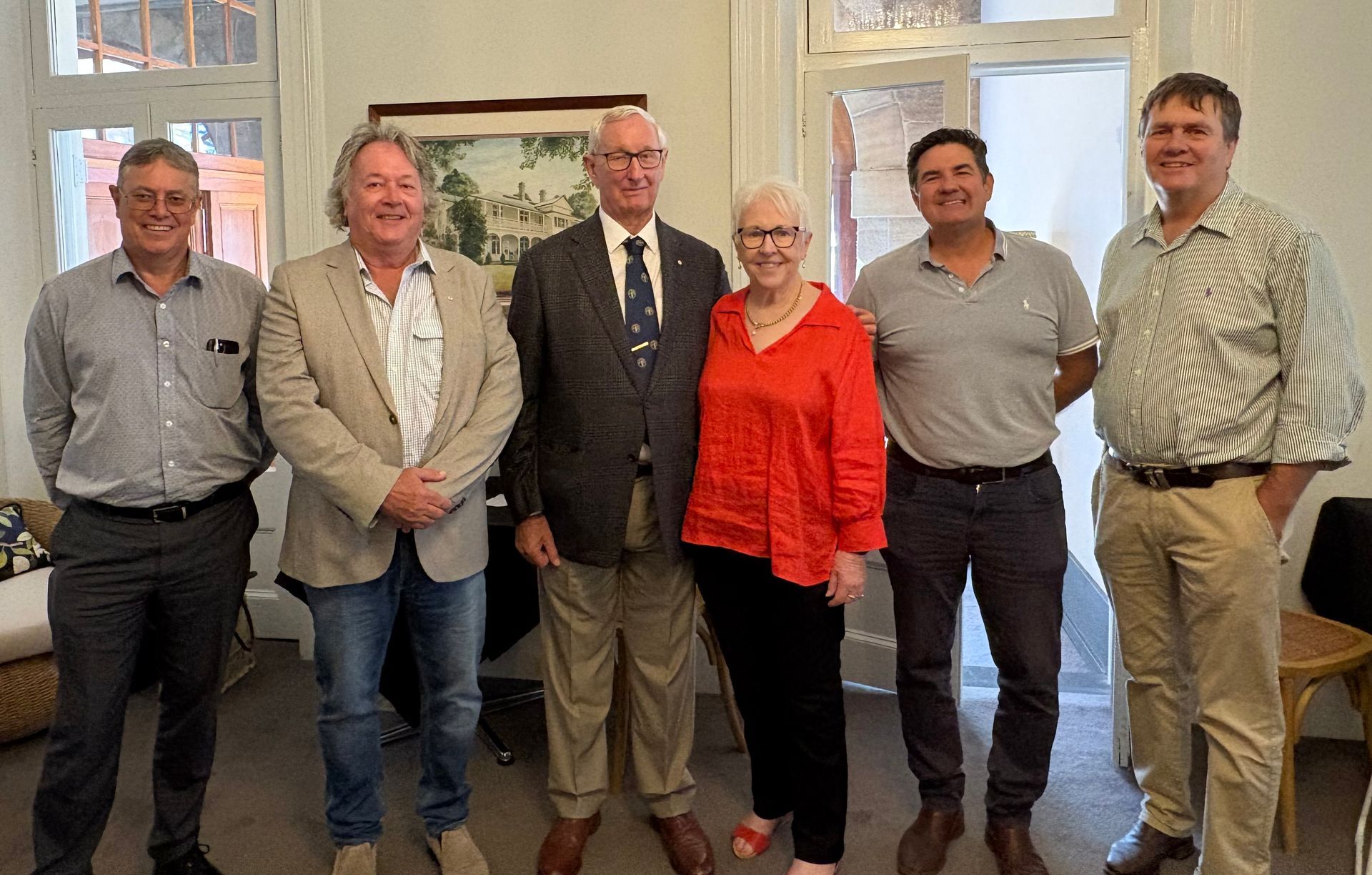
This week marked the final Board meeting for retiring Southern Queensland Landscape Chair, The Hon Bruce Scott AM. The Southern Queensland Landscapes Board hosted a function at Gip’s restaurant in Toowoomba, joined by past Directors, industry stakeholders and the Southern Queensland Landscapes Management team, where Bruce was warmly acknowledged and thanked. Bruce offered special thanks to his dear wife Joan for her support during his period of service to Southern Queensland Landscapes, in particular the warm country hospitality she has offered to many visitors to Roma. Bruce also recognised and thanked Southern Queensland Landscapes Company Secretary Pam Murphy, who has supported Bruce in his service to Southern Queensland Landscapes since the organisation’s inception.
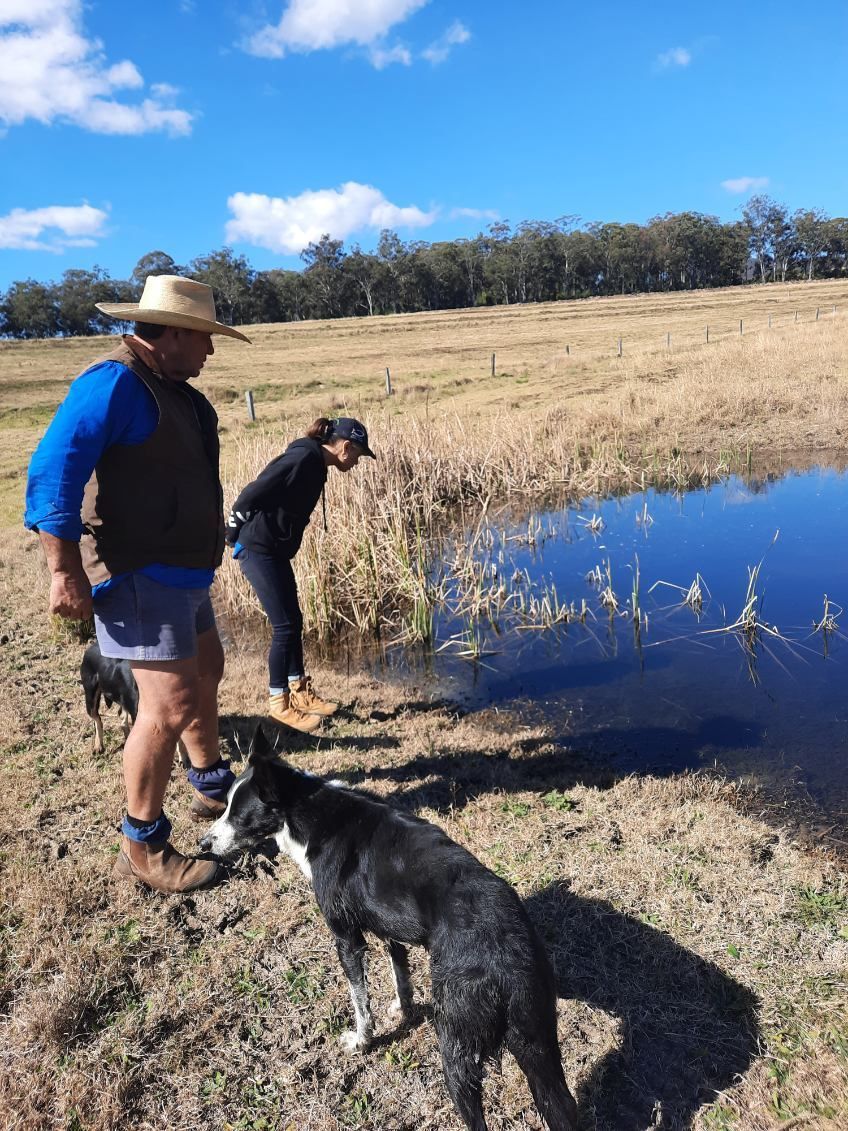
The Condamine Headwaters, a critical ecosystem in Southern Queensland, has long faced threats from sedimentation, habitat degradation, and thermal regime changes. The Blackfish Project, dedicated to reversing these impacts, unites scientists, landowners, and the community in a shared mission to restore and protect this vital environment. At its core lies the river blackfish, a sensitive indicator of the overall ecosystem health. Central to the project's success is the unwavering commitment of landowners like Paul Graham. Inspired by the project's vision, Paul reached out to SQ Landscapes seeking support for a solar pump and tank to divert his cattle away from waterways on his property. Paul's deep-rooted love for his land, captured in his humorous quip "I love my land more than I love my wife," is a testament to the powerful connection between people and place that drives conservation efforts.
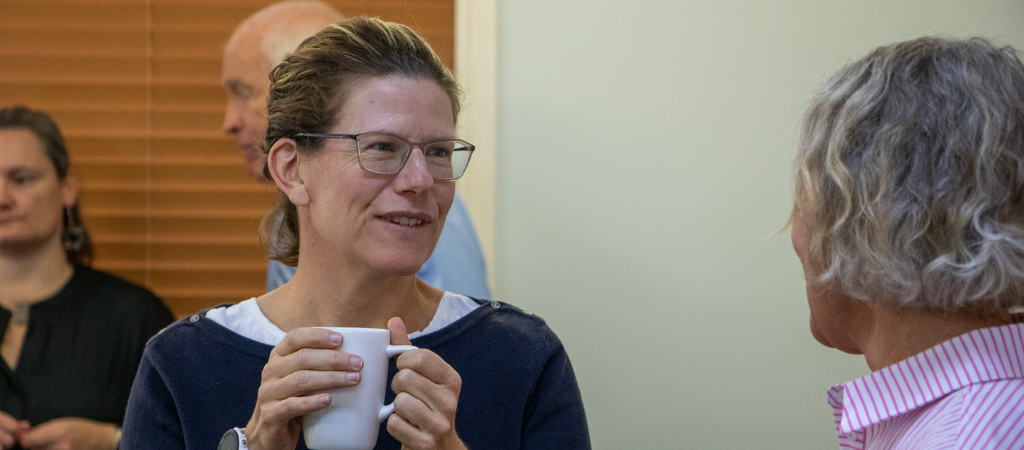
The Board of Southern Queensland Landscapes recently met in Toowoomba. In addition to the Board meeting, Board and Executive worked through updating SQ Landscapes’ strategy. Company Secretary Pam Murphy highlighted the importance of the latest Board meeting and what it means for the company’s future. “The updated strategy will help SQ Landscapes deliver sustainable natural resource management (NRM) outcomes that improve the lives of people in regional communities now and for the future,” Pam Murphy said. “We’re excited to continue delivering value for our region and build Flourishing Landscapes and Healthy Communities across Southern Queensland under the guidance of the Board,” Mrs Murphy said.

